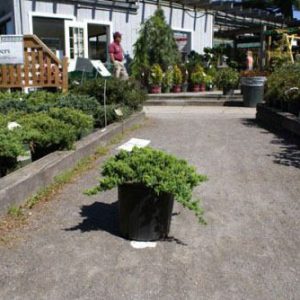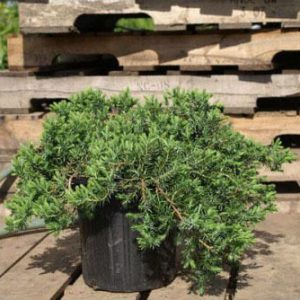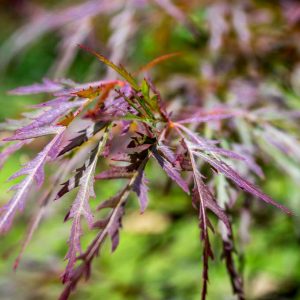Description
Osmunda –
There are about 12 species of large, deciduous, terrestrial ferns in this genus. They occur in damp places and watersides in the Americas, Europe, and Asia. They produce broadly lance shaped to triangular-ovate or ovate, pinnate, 2 pinnate, or 2 pinnatifid sterile fronds arise from large, erect rhizomes and turn yellow or golden brown in autumn. Distinctive, partially or wholly fertile fronds produce branched clusters of spherical greenish sporangia, which turn rust brown or blackish on reduced pinnae. Grow in damp border, or at the margins of a pond or stream, where many, especially O. regalis, make a striking focal point near a waterside.
Grow these fully frost hardy plants in moist, fertile, humus rich, preferably acidic soil, in light, dappled shade, although many are perfectly sited in full sun. Divide in autumn or early spring.
Prone to rust.
O. regalis ‘Undulata’ – Flowering Fern – Royal Fern – This deciduous fern from swamps and other boggy areas in temperate and subtropical regions in Asia, Europe, and the Americas grows 4′ feet tall and 4′ feet wide. It produces dense clumps of broadly triangular-ovate, 2 pinnate, bright green sterile fronds, 3′ feet or more long with wavy segments. In summer, partially fertile fronds, to 6′ feet long, has tassel like tips, with brown or rust colored sporangia covering the much smaller pinnae. The fibrous rootstock is the source of osmunda fiber, used as a potting mix for orchids. Does well in full sun as long as water is plentiful.
Zones 2-10





